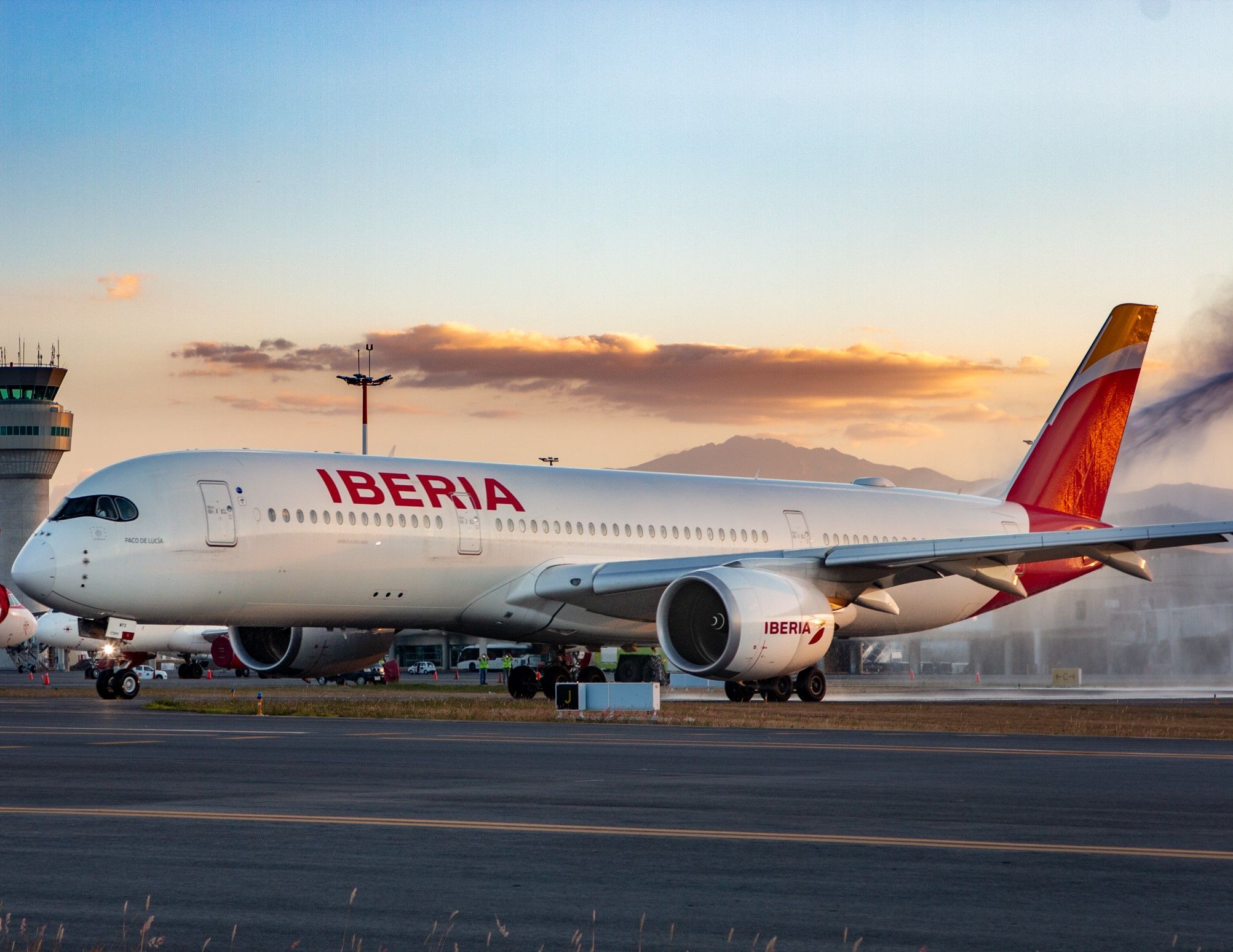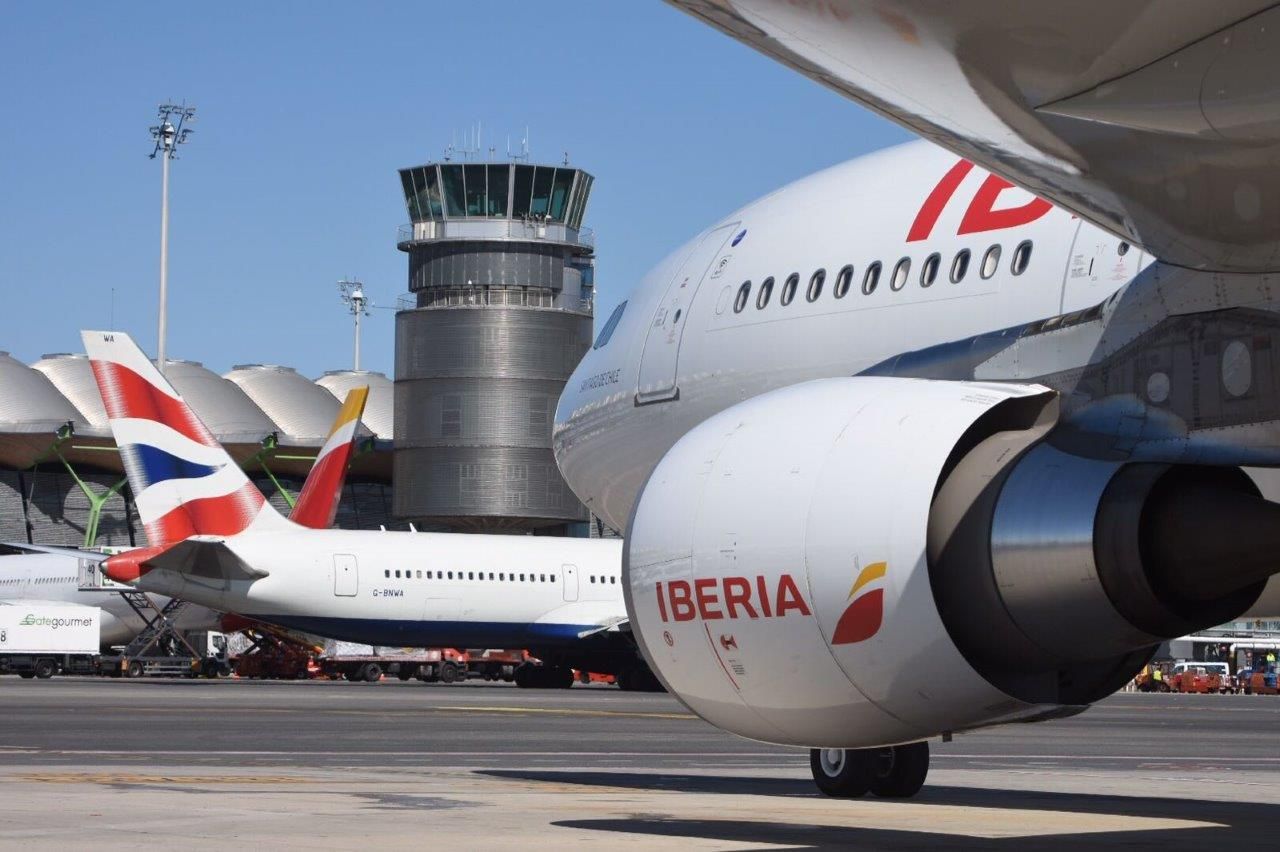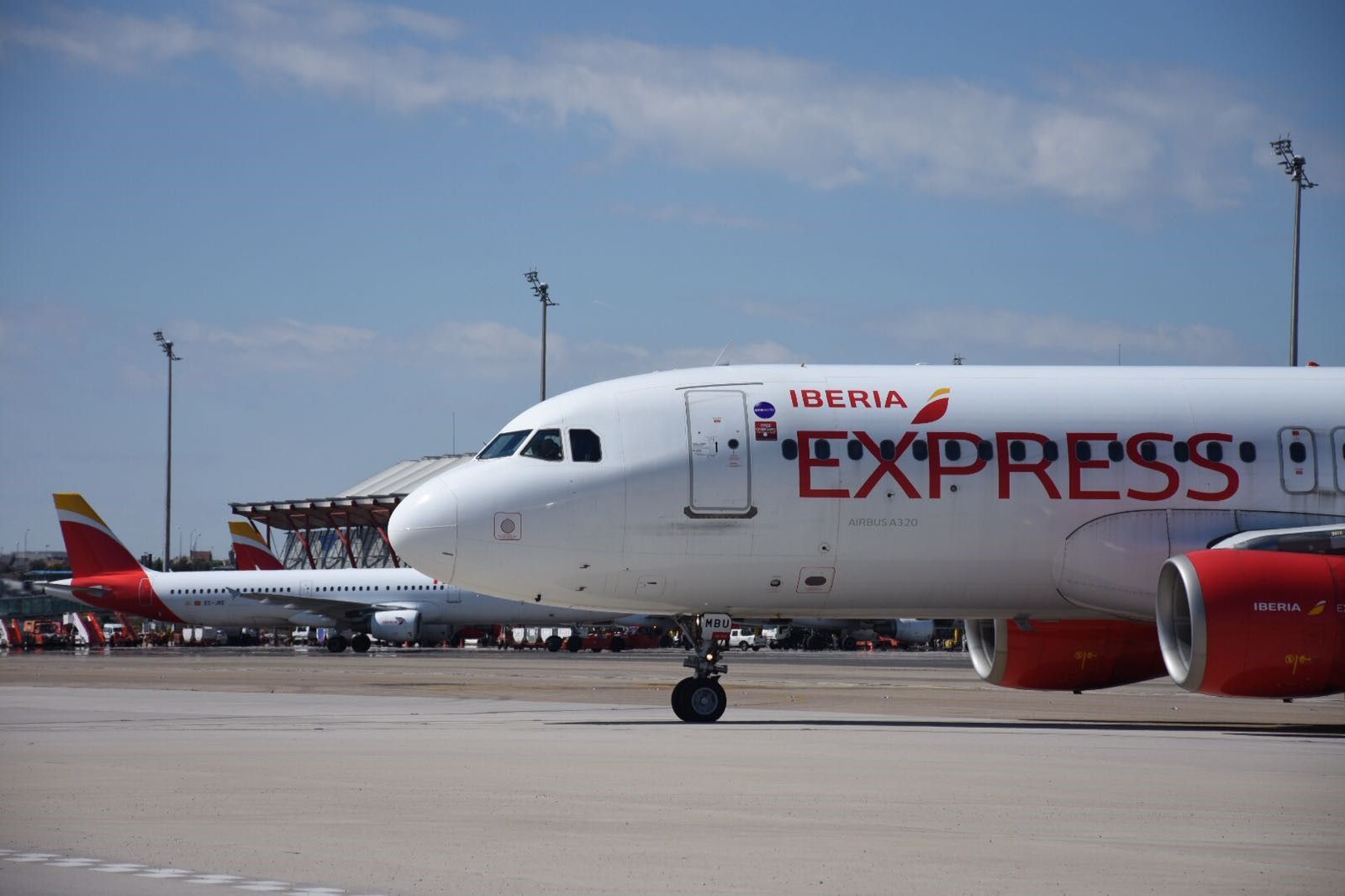Before we talk about the similarities and differences between Iberia and Iberia Express, let's first take a closer look at both airlines and see how they came to be. Today owned by the International Airlines Group (IAG), which also owns Aer Lingus, British Airways, and Vueling, Iberia began life on June 28, 1927, as Iberia Compañía Aérea de Transportes. Within a year of its first flights, the Spanish government sponsored the airline to deliver mail between Spain's two largest cities, Madrid and Barcelona.
Initially, partly founded by Germany's Deutsche Luft Hansa during the Spanish Civil War (1936-1939), Francos' Nationalist forces controlled the airline. Operating a fleet of Junkers Ju 52s, Iberia flew domestic flights to nationalist-held areas of Spain and territories in North Africa.
Iberia buys American aircraft
Following the war, Iberia set about removing itself from its German orbit with the desired intention of moving closer to the United States and purchasing American-built aircraft. Several Douglas DC-3s and DC-4s were purchased to expand Iberia's European network. In 1946, Iberia became the first airline to operate a transatlantic flight when it flew a DC-4 between Madrid and Buenos Aires.
This initial flight set the tone of Iberia's role in becoming the number one airline linking Latin America with Europe. In 1961 Iberia entered the jet age with the purchase of a Douglas DC-8 and set about converting its propellor-driven fleet to jet-powered planes. During the 1990s, Iberia had a policy of buying shares in Latin American flag carriers in a bid to control the entire Latin American market and establish itself as a major international airline. Iberia's plans in South America ultimately failed following Argentina's decision to nationalize Aerolíneas Argentinas and Venezuela doing the same thing with Viasa.
In 2001 Iberia went private, and its shares were listed on the Bolsa de Madrid stock exchange. In what turned out to be a significant expansion in 2006, Iberia moved into the newly built Terminal 4 at Adolfo Suárez Madrid–Barajas Airport (MAD).
Iberia merged with British Airways
To compete in an ever-changing world, Iberia merged with British Airways in 2010 to form the International Airlines Group (IAG). Despite the merger, both airlines continue to operate as separate entities under the IAG umbrella. Today Iberia remains the national flag carrier of Spain and has an all-Airbus fleet of 101 aircraft made up of the following planes:
- 6 x Airbus A319-100s
- 24 x Airbus A320-200s
- 13 x Airbus A320-200neos
- 15 x Airbus A321-200s
- 5 x Airbus A321-200neos
- 18 x Airbus A330-200s
- 8 x Airbus A330-300s
- 12 x Airbus A350-900s
Iberia Express
To help compete with other European low-cost airlines, IAG launched Iberia Express on October 6, 2011. The intention was to operate Iberia Express as a feeder airline for Iberia on routes that were current loss makers for the airline. Iberia pilot's unions were not pleased, calling for a strike over fears that many would lose their jobs to newer, lower-paid pilots.
These fears were somewhat justified as Iberia intended to hire new pilots and cabin crew lowering wage bills and making the airline more competitive against the likes of Ryanair and easyJet. The massive difference between Iberia Express and other low-cost carriers was that Iberia would continue to operate a two-class service and that people flying Iberia Express could earn Iberia Avios air miles.
Also Headquartered in the business district of Madrid, Iberia Express began operations from Adolfo Suárez Madrid–Barajas Airport (MAD) with a fleet of four Airbus A320-200s. Since then, Iberia Express has grown and is now the number one airline offering flights between the Spanish capital and the Canary Islands. Currently, Iberia Express flies to 40 domestic and international destinations within Europe. It has, according to the data and statistics website ch-aviation, a fleet of 23 planes made up of the following aircraft:
- 14 x Airbus A320-200s
- 4 x Airbus A321-200s
- 5 x Airbus A321neos



